Gastroenterology
Conditions
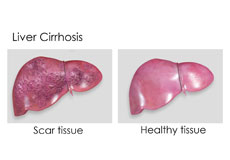

Fatty Liver Disease
Fatty liver disease is a condition caused by excess fat buildup in the liver cells. It is most common in middle-aged people. Fatty liver disease is also called hepatic steatosis.
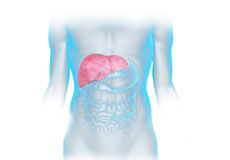
Liver Disease
Liver disease is any disorder of the liver that impairs its normal function and can range from minor infection or scarring to serious conditions such as liver cancer. More than 100 types of liver disease have been identified.
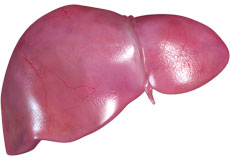
Liver Masses
Liver masses or lesions are a group of abnormal cells in your liver. They appear as a solid mass or nodules that can be differentiated from the normal liver tissue.
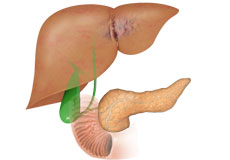
Hepatobiliary Disease
Hepatobiliary disease is any disorder of the hepatobiliary system that impairs its normal function. The disease can range from minor infection or scarring to serious conditions such as cancer.

Hepatitis
Hepatitis is an inflammation of the liver tissue. Exposure to alcohol, toxins or drugs over a long period of time may result in hepatitis. It may also occur due to an autoimmune response in which antibodies (proteins) produced by your immune system damage your liver tissue, but most often, it is caused by a viral infection.
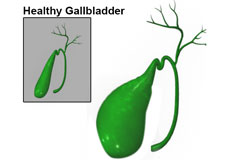
Biliary Dyskinesia
Biliary dyskinesia or gallbladder dyskinesia is a motility disorder of the biliary system in which the bile does not drain out well from the gallbladder.
Procedures
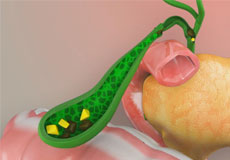
Choledocholithiasis
Choledocholithiasis is the presence of gallstones in the bile duct, causing obstruction. Gallstones can occur in the gallbladder and migrate to the bile duct, or they can form in the bile duct itself.
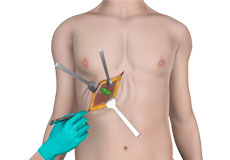
Open Cholecystectomy
Cholecystectomy is the surgical removal of the gallbladder. A cholecystectomy is recommended by your doctor if you are suffering from gallbladder conditions including gallstones in the bile duct or the gallbladder, gallbladder infection, gallbladder cancer, or inflammation of the pancreas, all of which are unresponsive to antibiotics or other treatments.
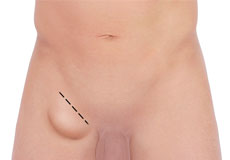
Open Hernia Surgery
A hernia is a weakness or defect in the abdominal wall. It may be present from birth or develop over a period of time. If the defect is large enough, abdominal contents such as the bowels may protrude through the defect causing a lump or bulge felt by the patient. The standard method of hernia repair involves making an incision in the abdominal wall.
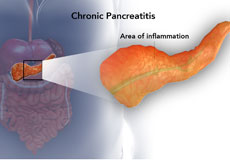
Surgery for Chronic Pancreatitis
Chronic pancreatitis is persistent pancreatitis that does not heal and leads to progressive deterioration of the pancreas. When a tumor or gallstone blocks the pancreatic duct, it results in the accumulation of pancreatic enzymes within the pancreas. Consequently, these enzymes start digesting the pancreas and surrounding tissues, leading to chronic pancreatitis.
Others
Investigation of Abnormal Liver Enzymes
Investigation of Abnormal Liver Enzymes
The liver performs some of the important functions of the body including the production of bile juice, storing sugars, vitamins, and minerals, regulating blood clotting and purifying the blood from harmful substances including drugs or alcohol. Certain enzymes produced by the liver help in the breakdown of proteins into energy. These enzymes are:
- Alanine Transaminase (ALT)
- Aspartate Transaminase (AST)
- Alkaline Phosphatase (ALP)
- Gamma-Glutamyl transferase (GGT)
Certain liver diseases or disorders cause the abnormal release of the above enzymes in the blood. A liver blood test or liver function test is used to investigate the elevated release of enzymes, proteins or bile juice in the blood.
Indications for a Liver Blood Test
A liver blood test is indicated for:
- Hepatitis B and C
- Liver cirrhosis
- Gallbladder disease
- Fatty liver disease
- Monitoring certain medications
- Autoimmune or toxic hepatitis
- Liver cancer
- Wilson’s disease
- Liver infection
Preparation for Liver Blood Test
Talk to your doctor regarding the medications you should avoid a few days before the test. Drink plenty of water on the day prior to the test. Any special instructions will be provided by your doctor.
Procedure for a Liver Blood Test
- A tourniquet is wrapped above your elbow by your phlebotomist (a person specifically trained to collect blood).
- The pressure causes an increased volume of blood in the veins.
- The site of injection is cleaned by an antiseptic.
- A sterilized needle is inserted to collect the amount of blood required for the test.
- The blood is collected and stored in glass vials.
- A cotton ball is pressed at the site of injection after the needle is withdrawn.
- The sample is tested for elevated liver enzymes.
Results of a Liver Blood Test
Elevated ALT and AST: Indicates damage to liver tissue due to liver infection (hepatitis B and C), liver cirrhosis, fatty liver disease, and alcohol-related disease.
Elevated ALP and GGT: Indicates obstructive liver disease, fatty liver disease, and excess alcohol intake.





